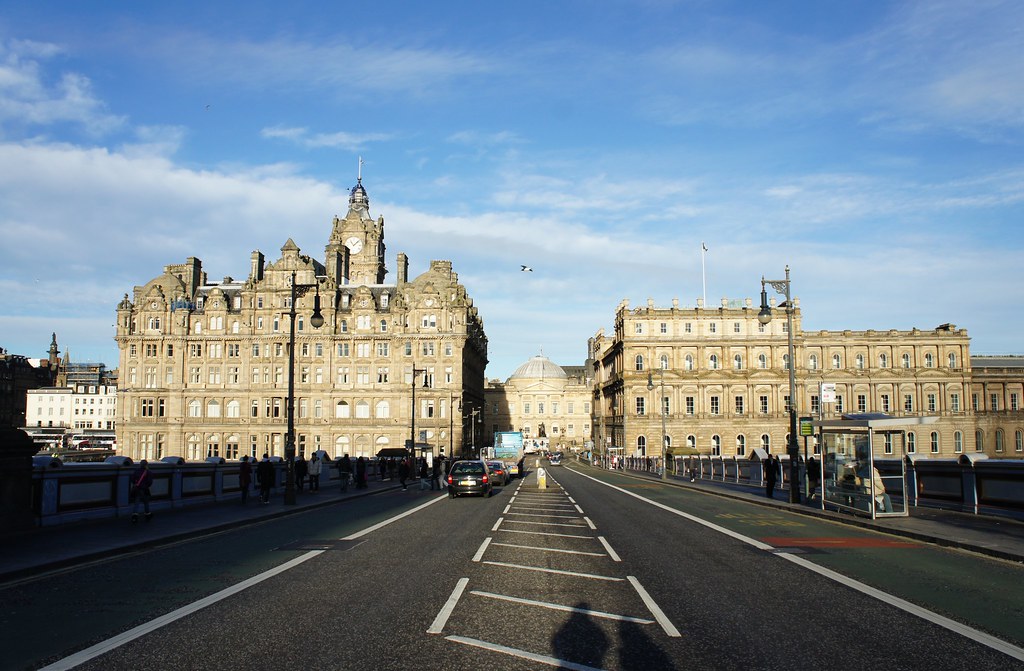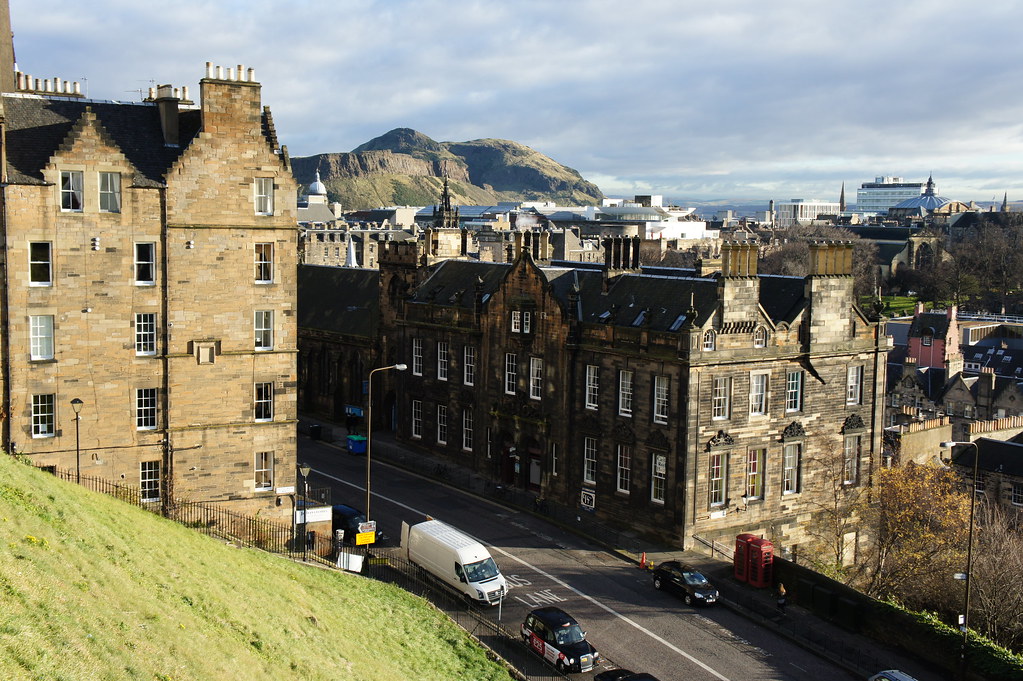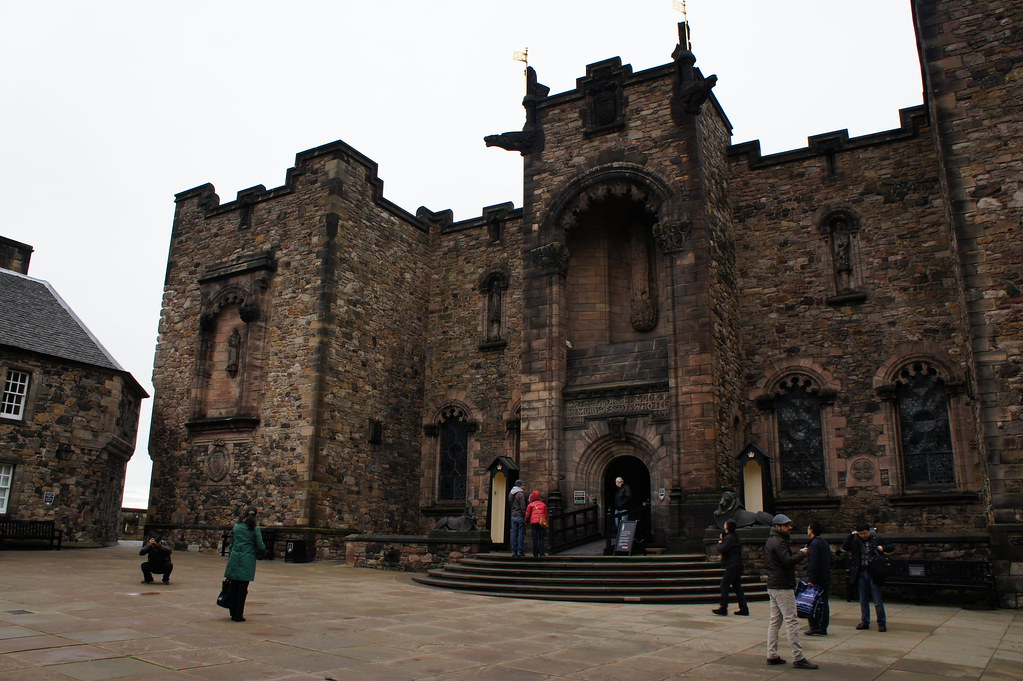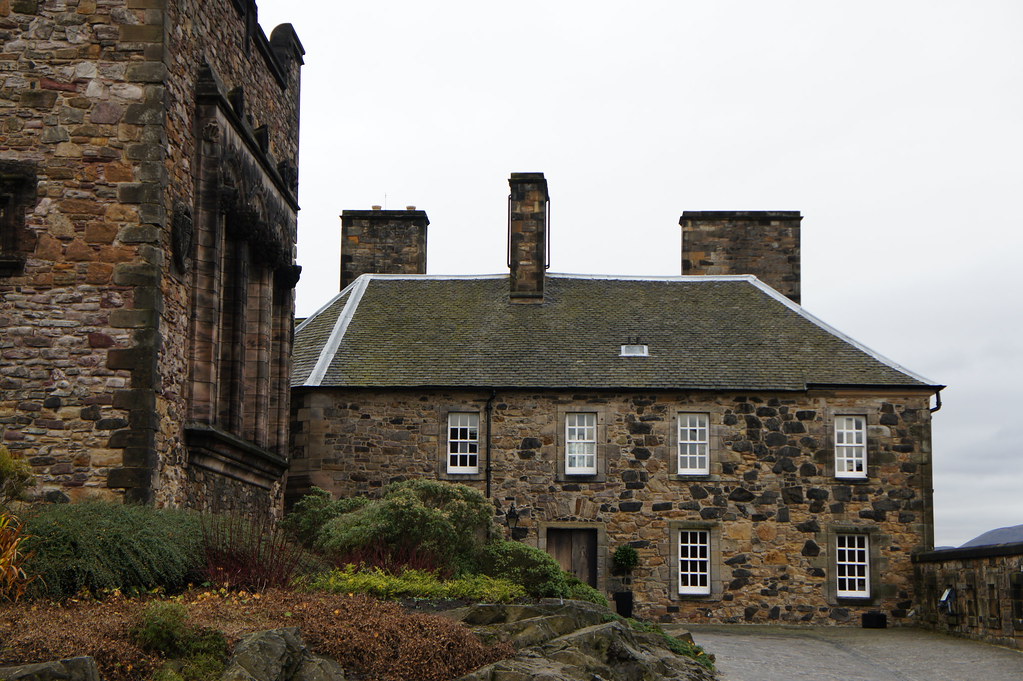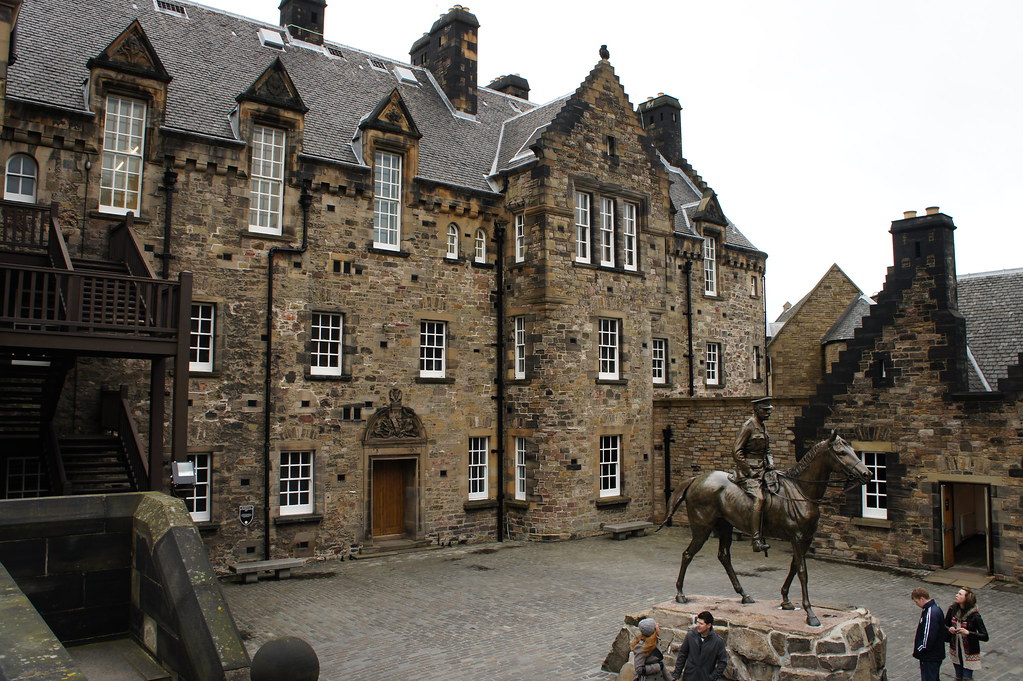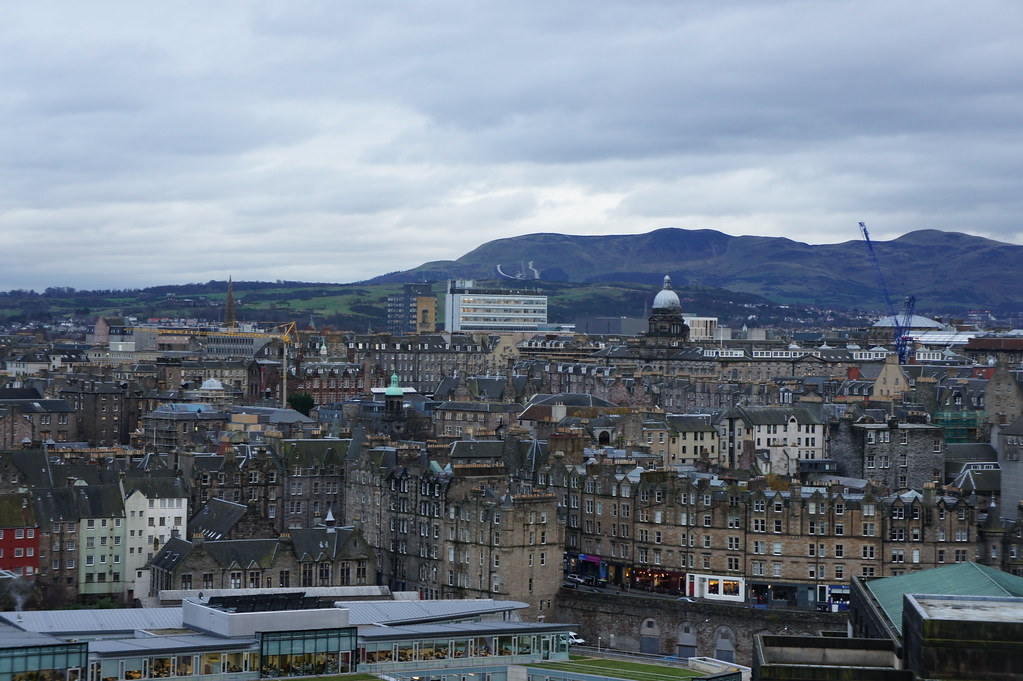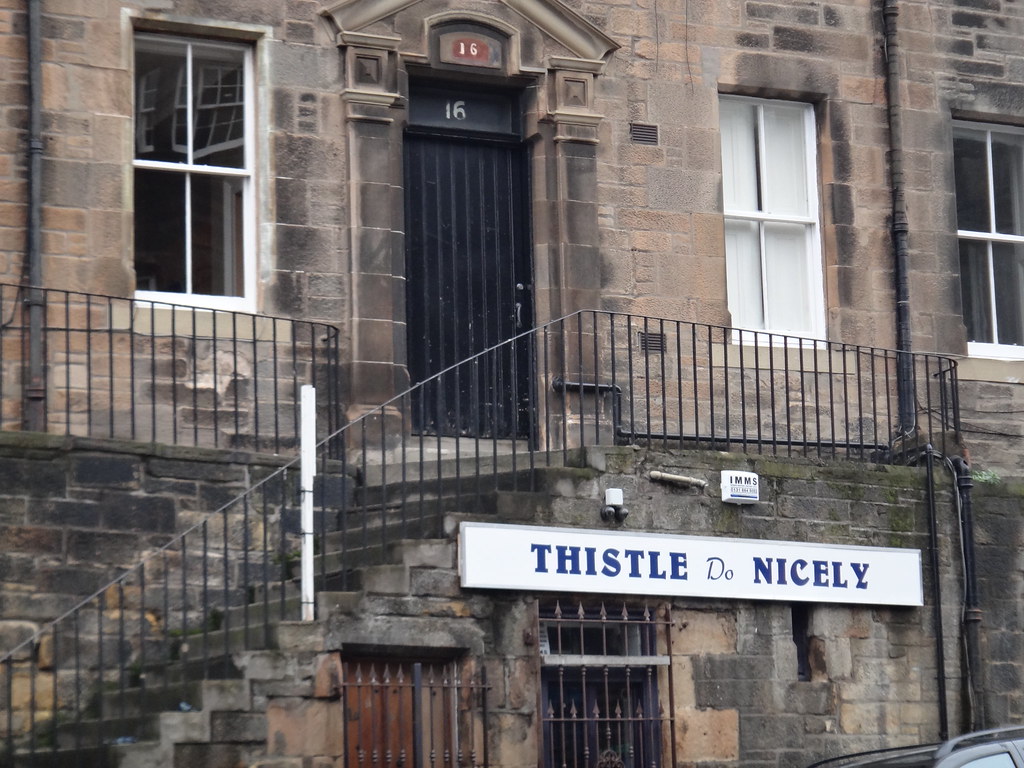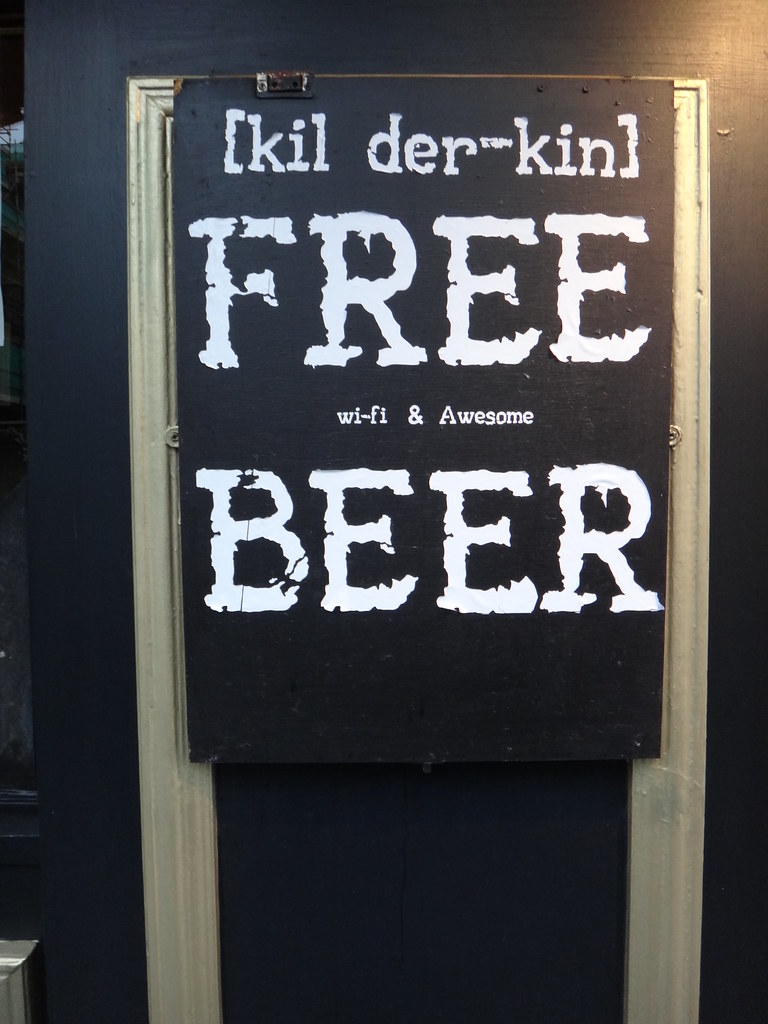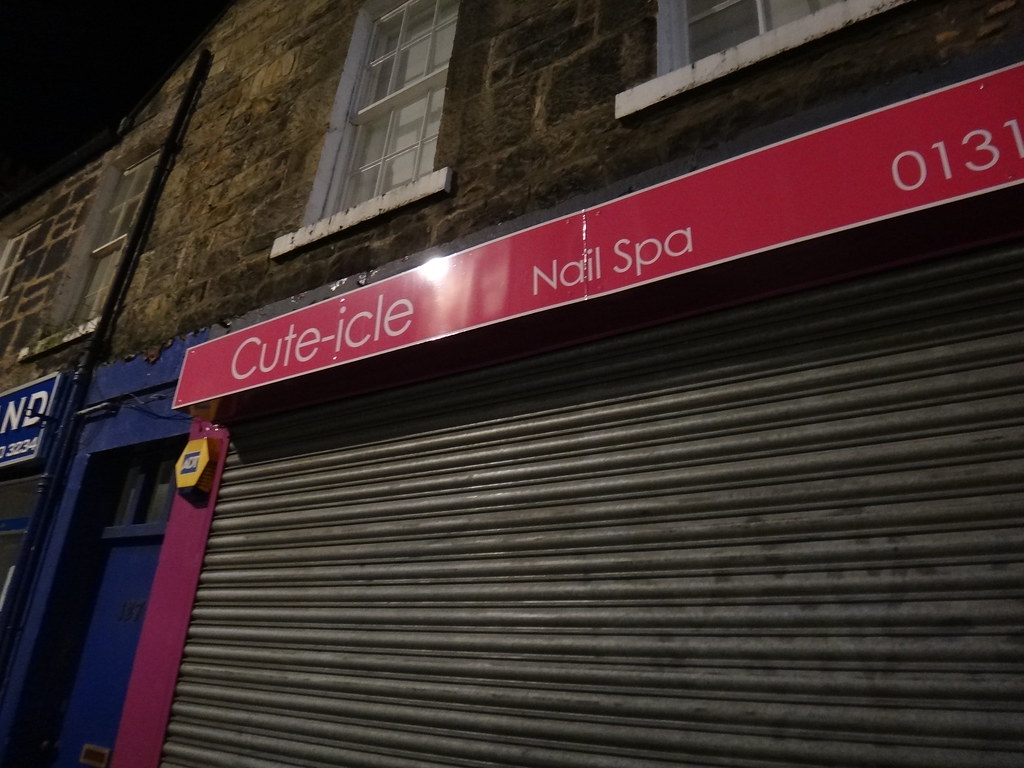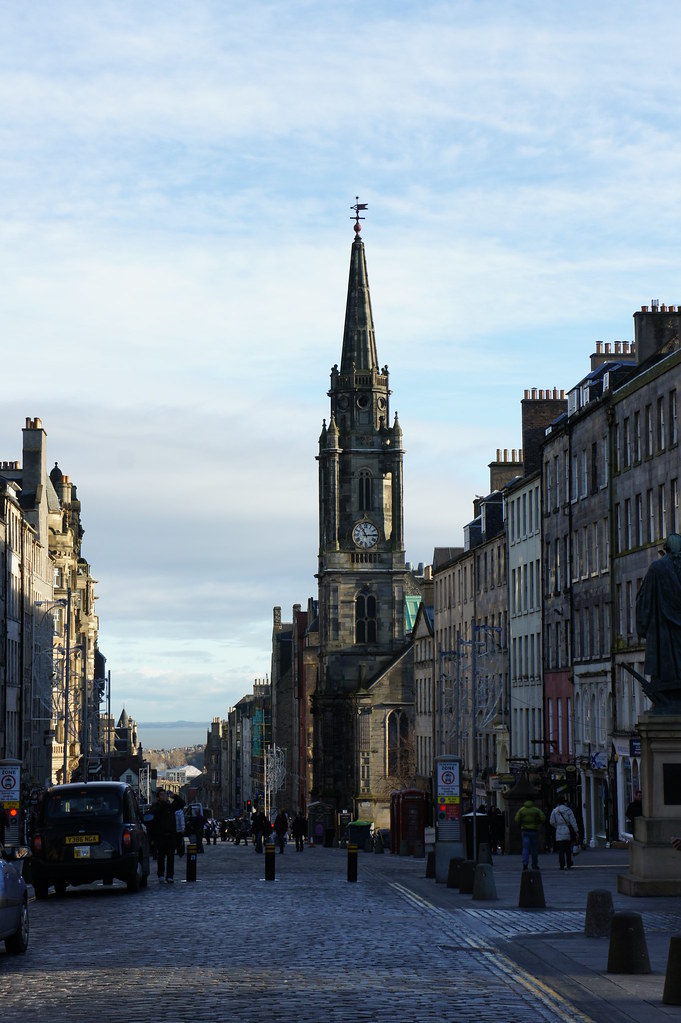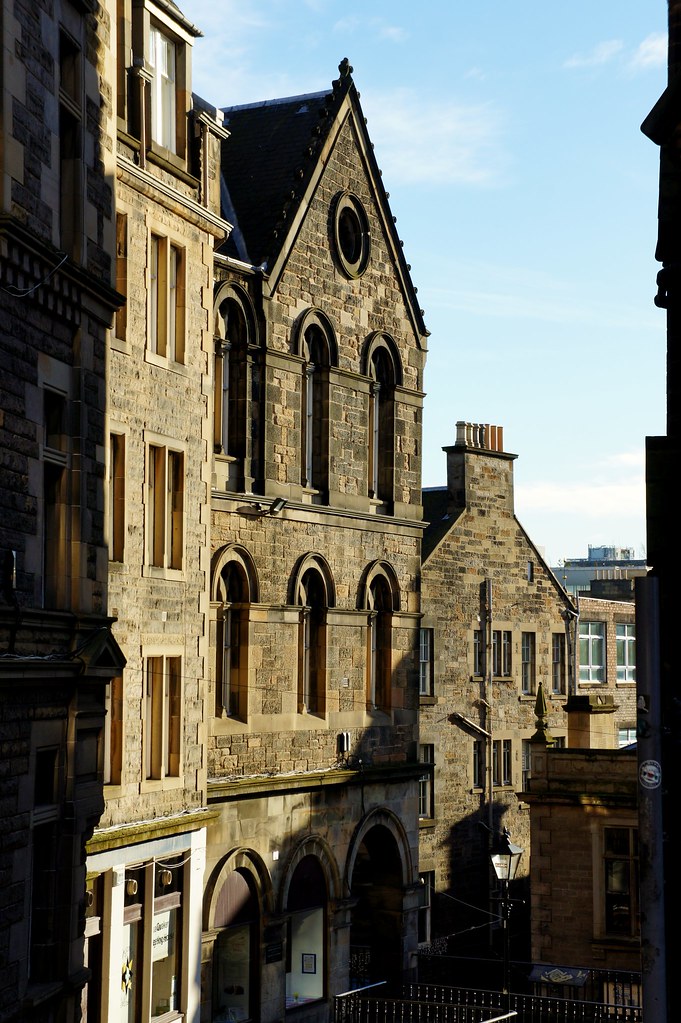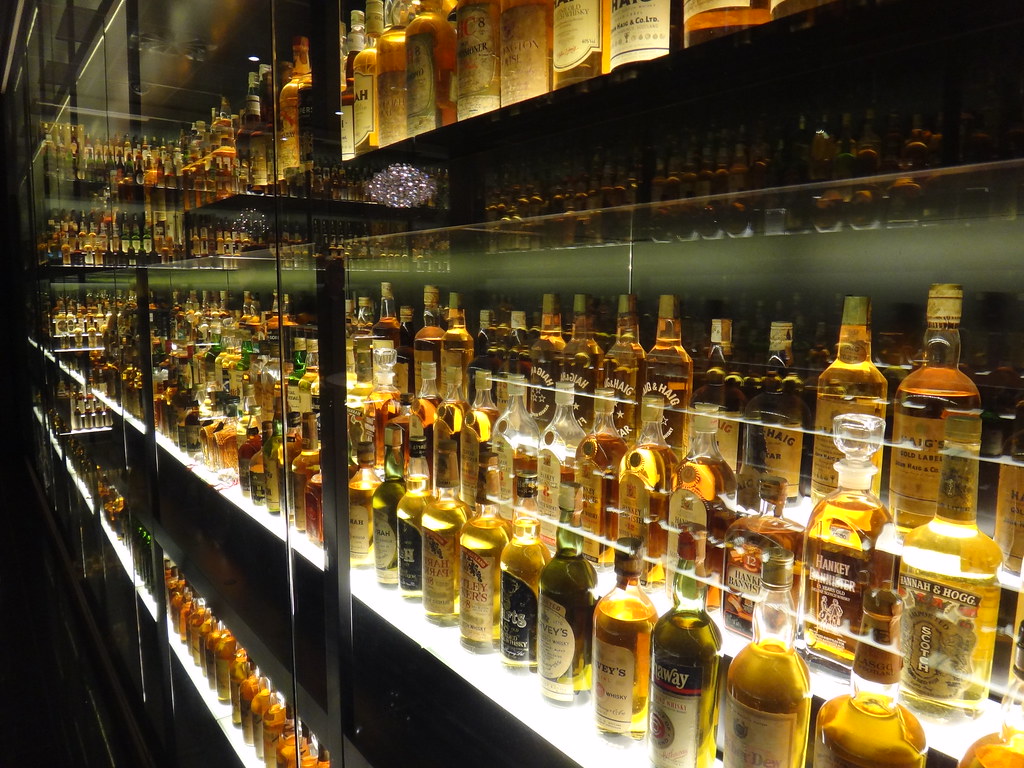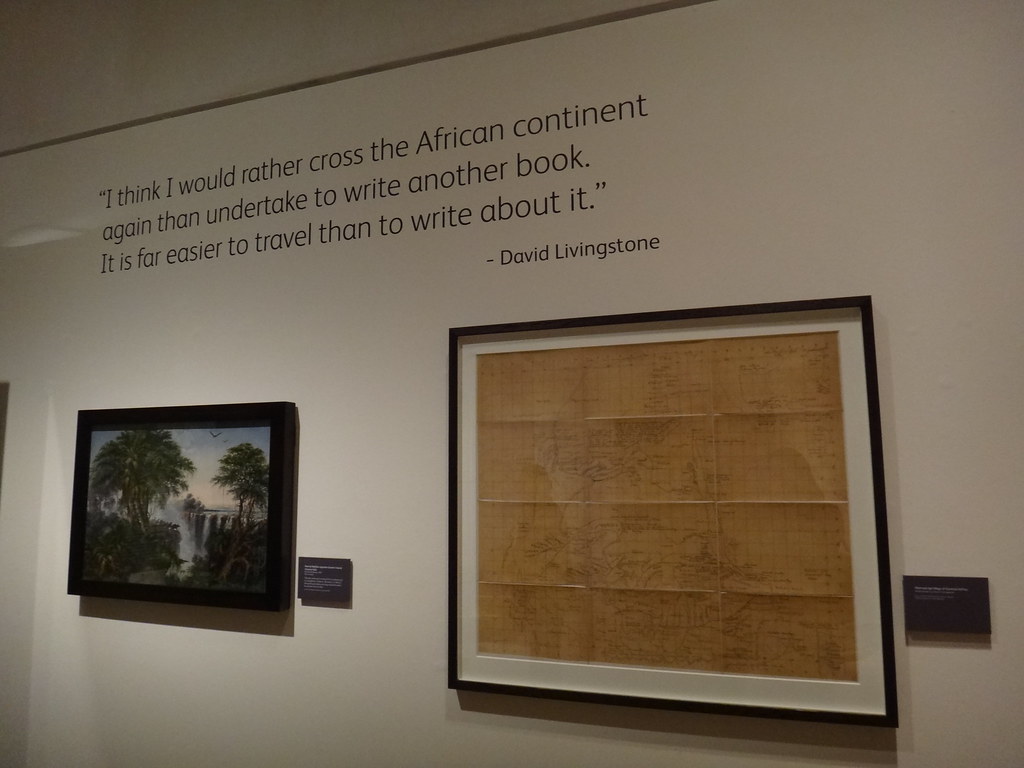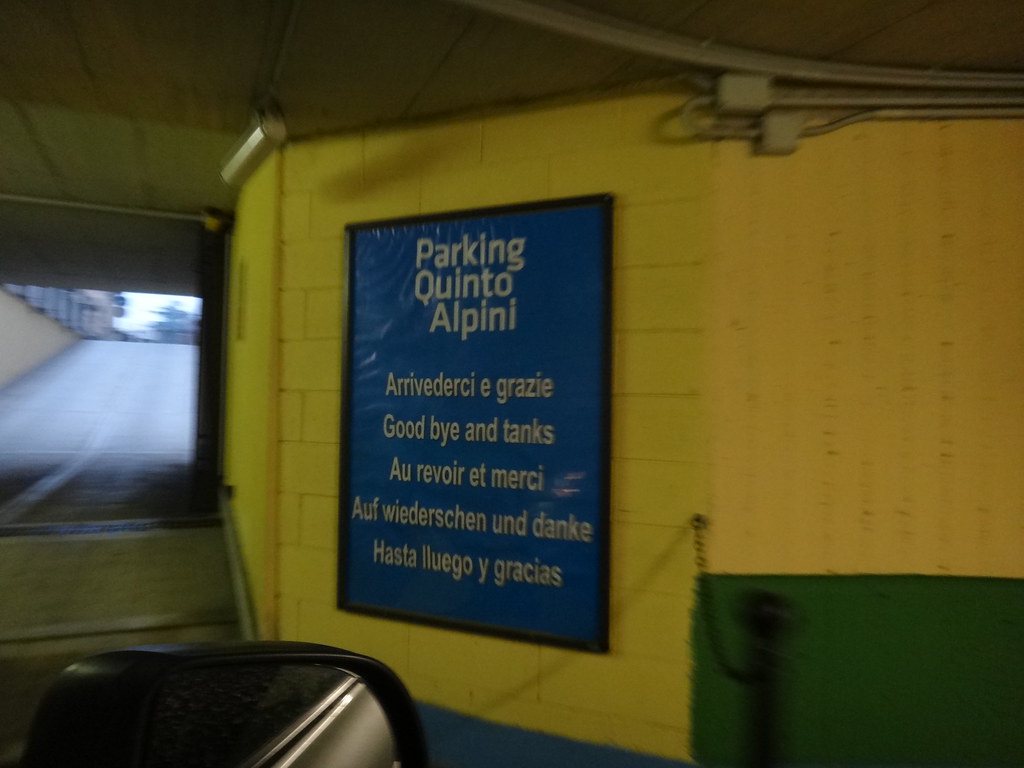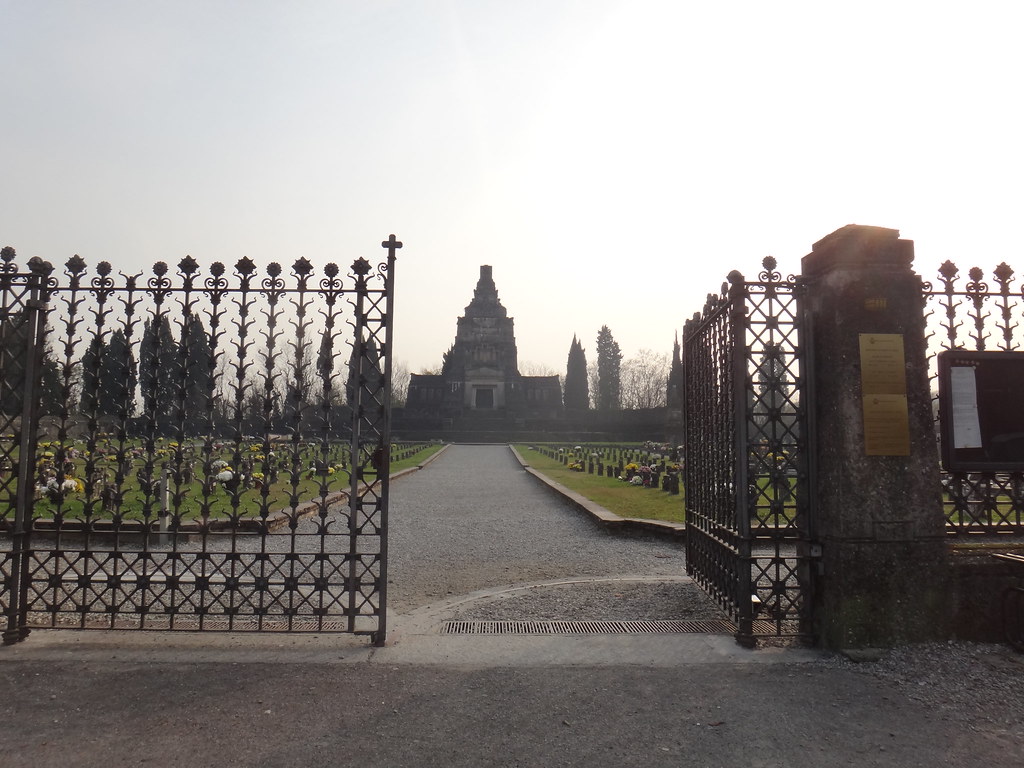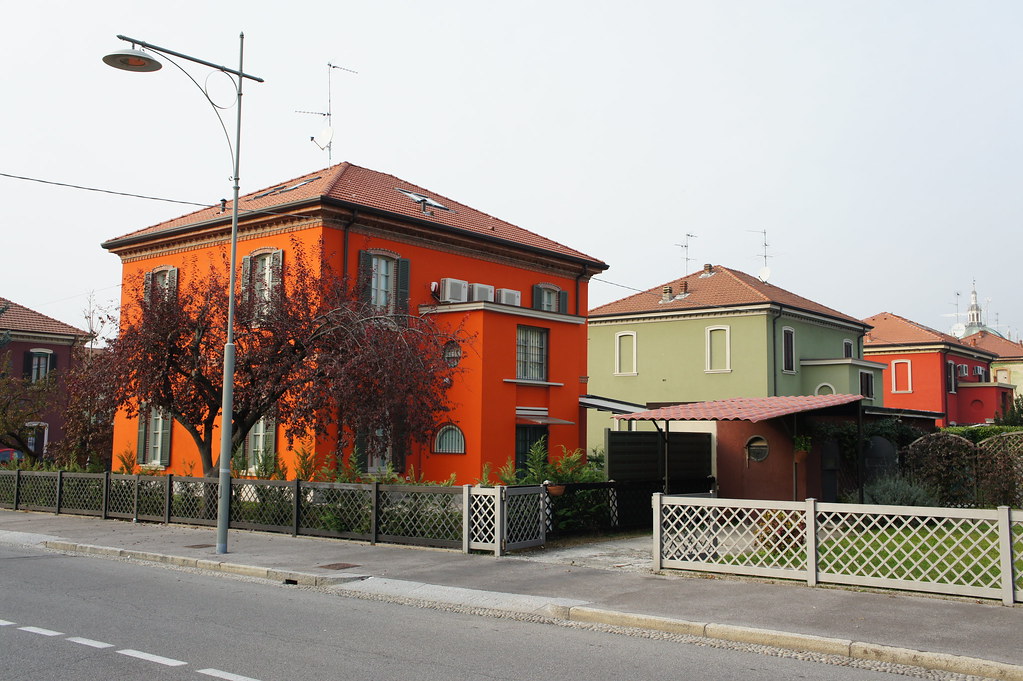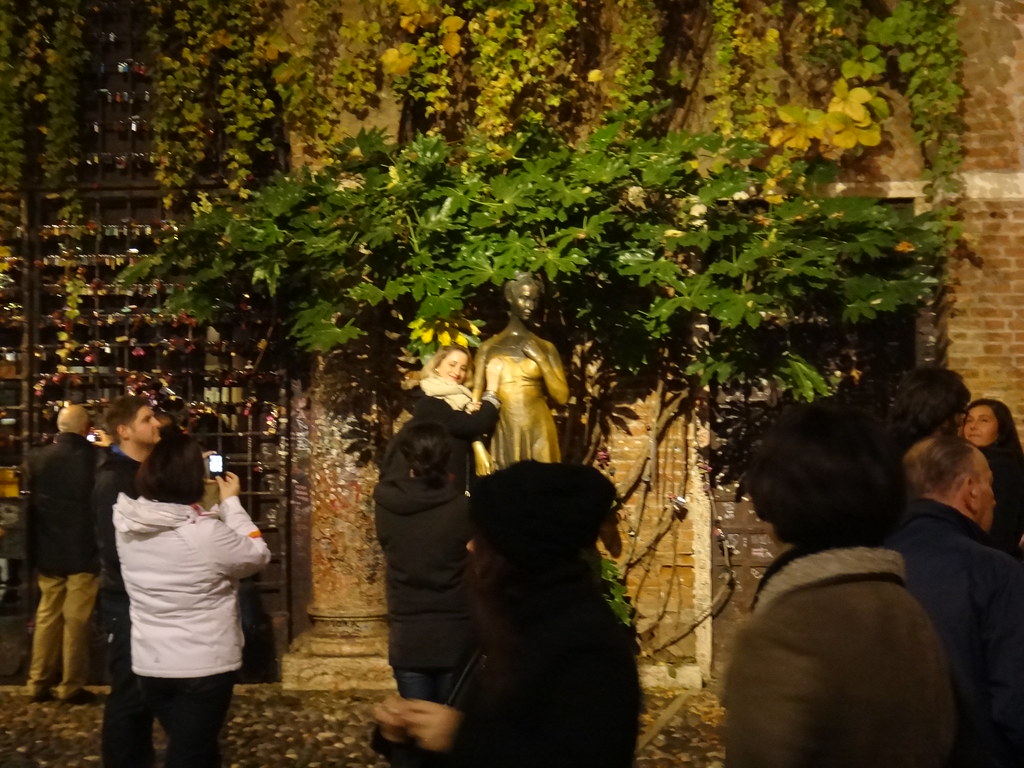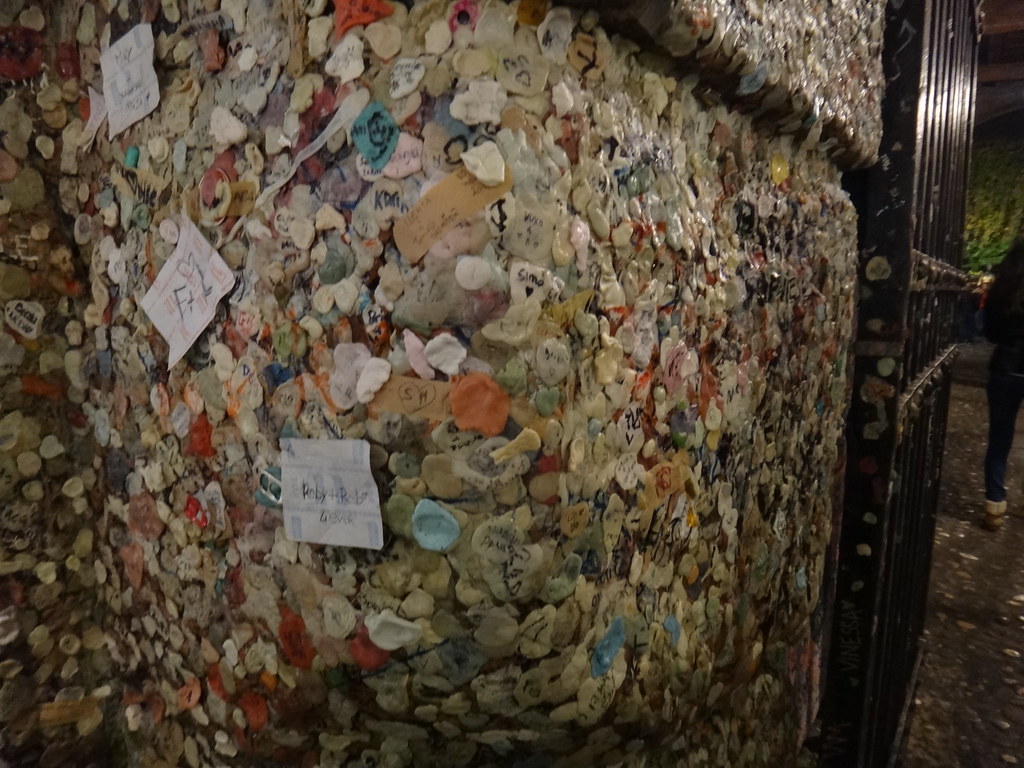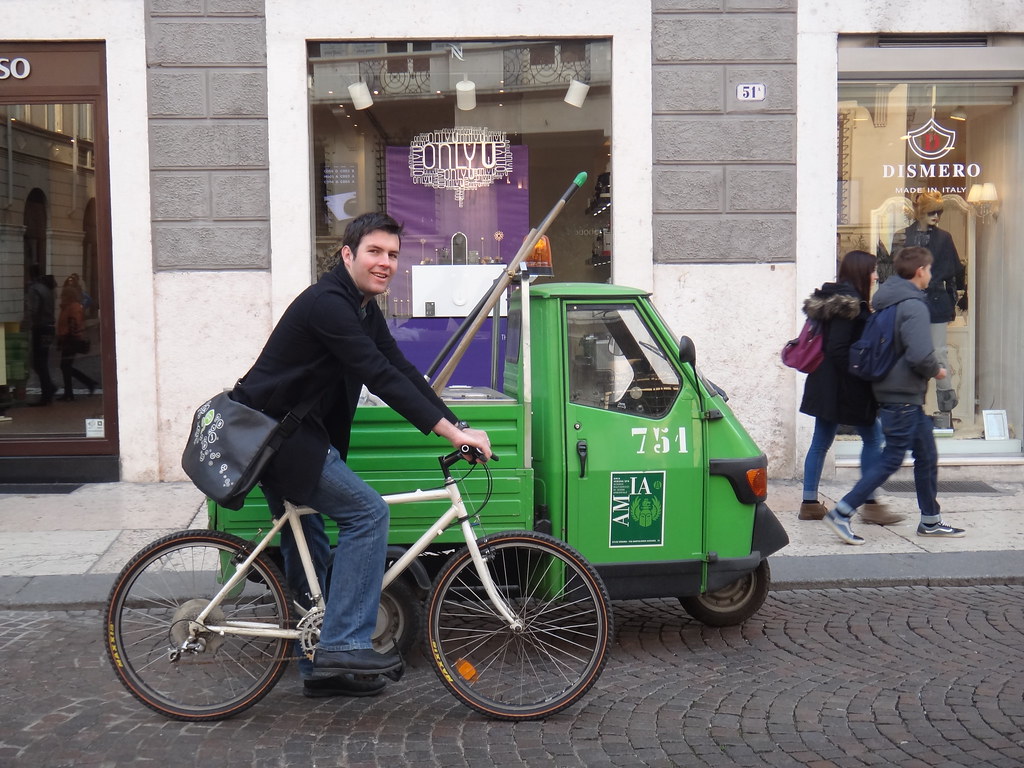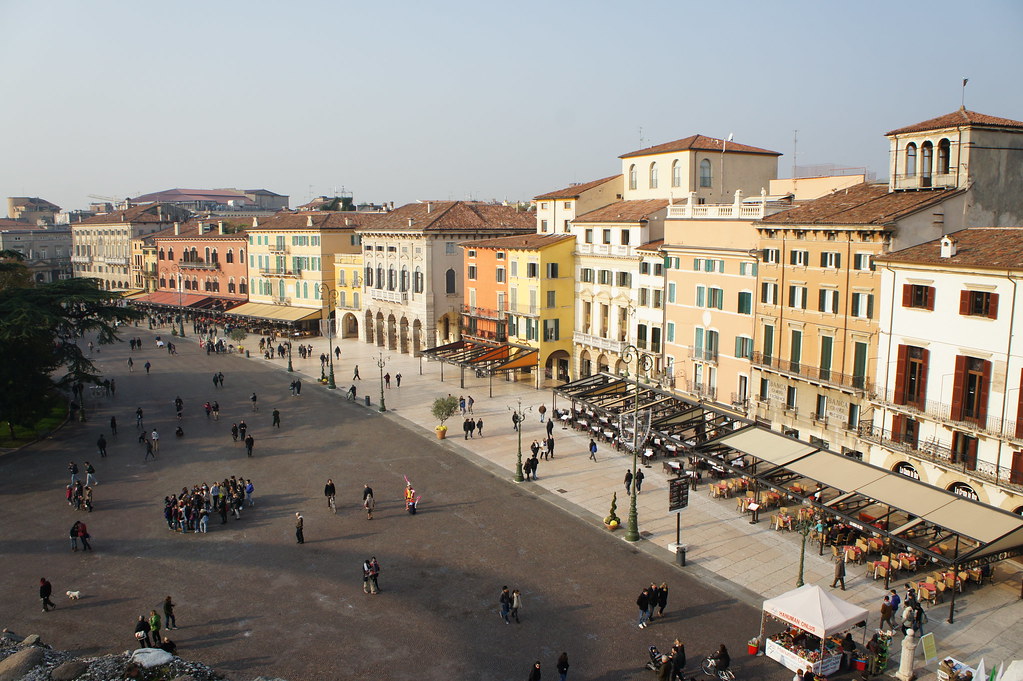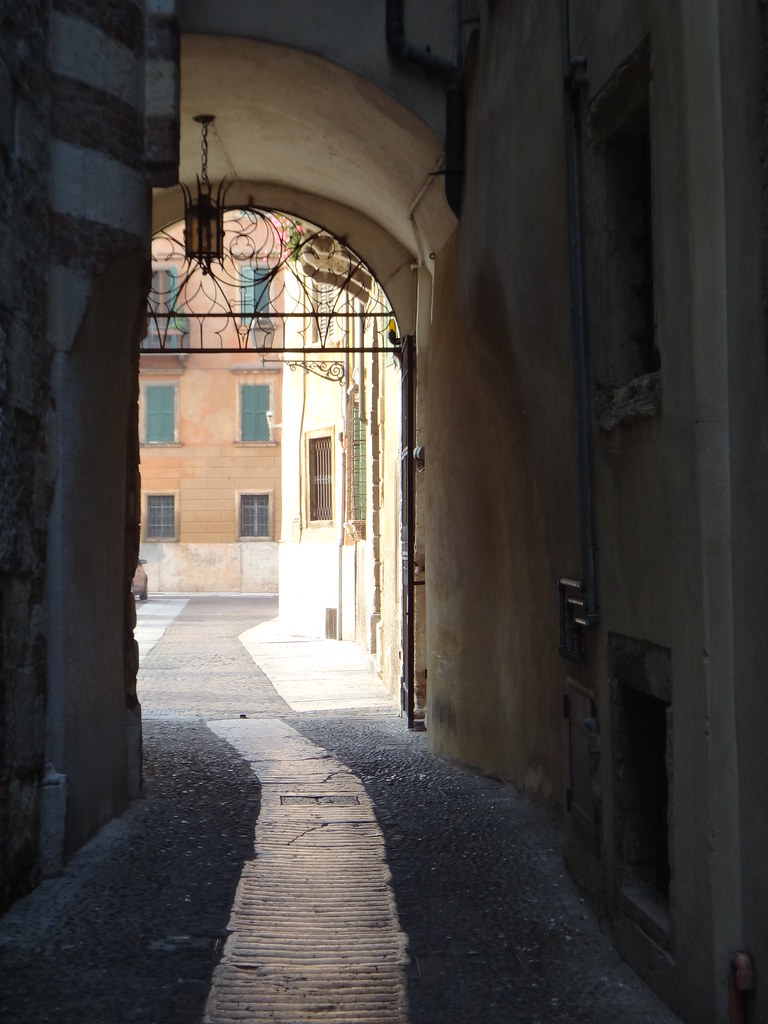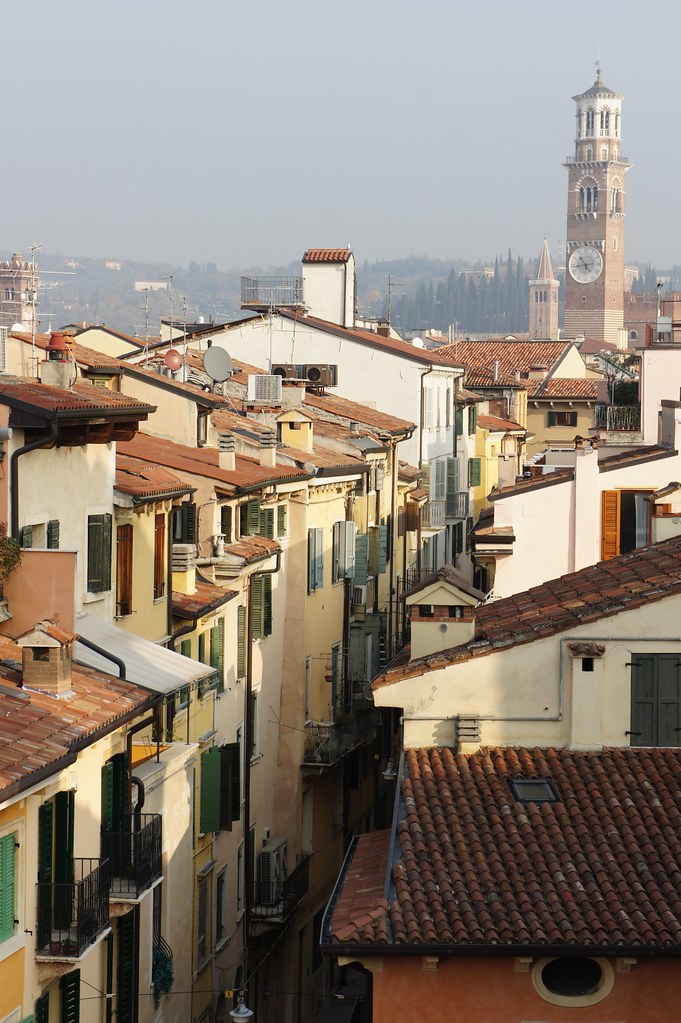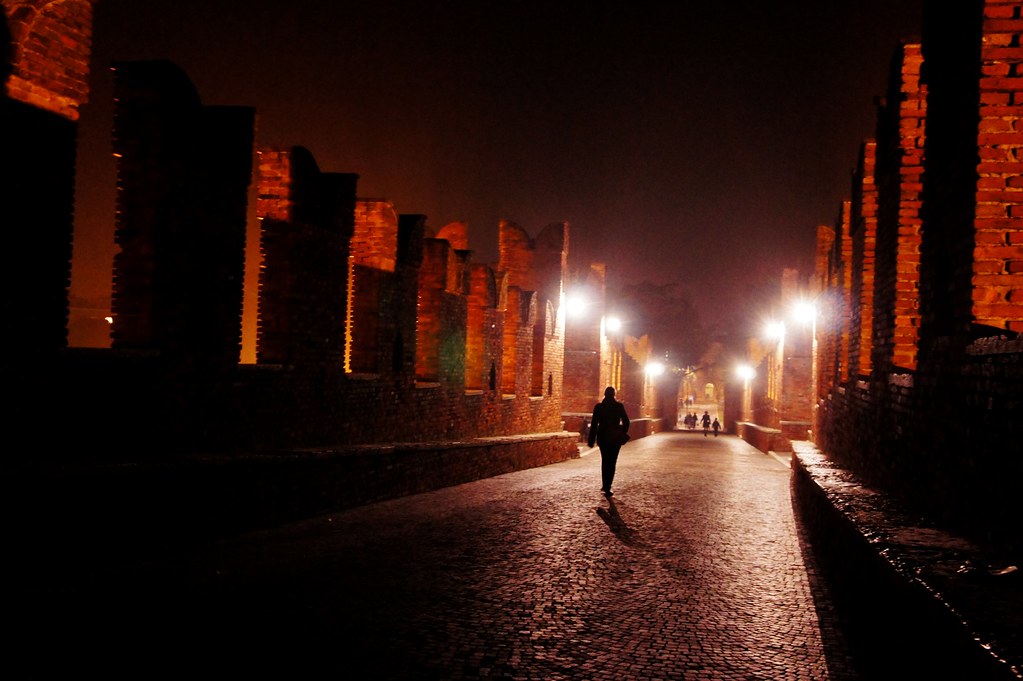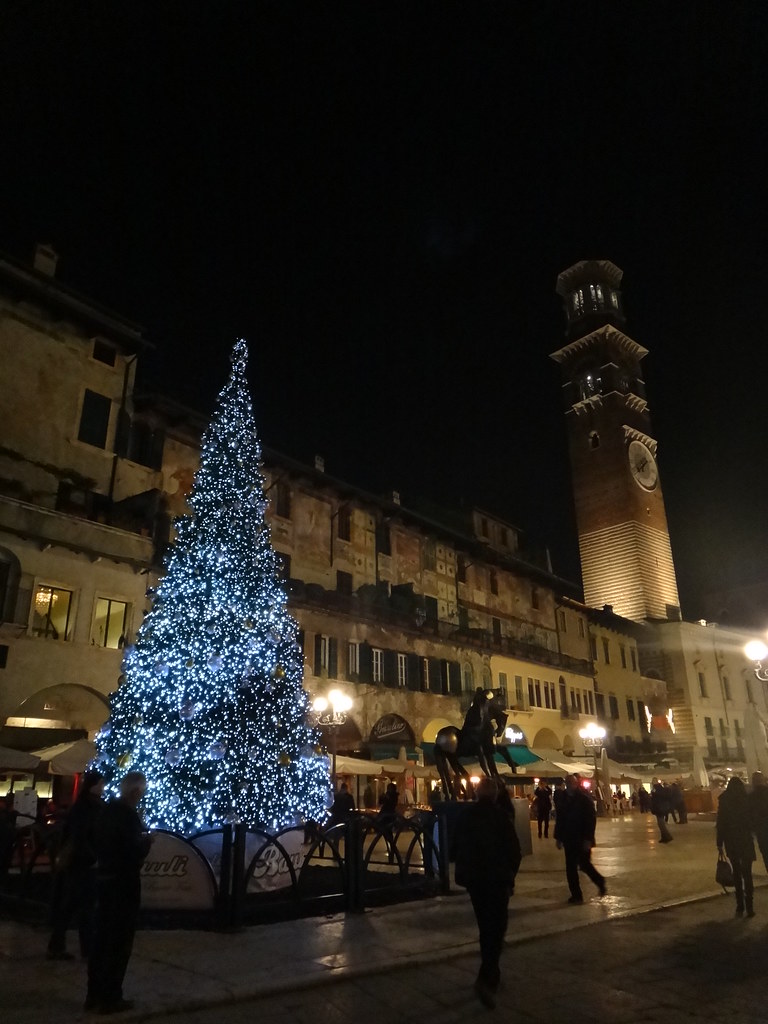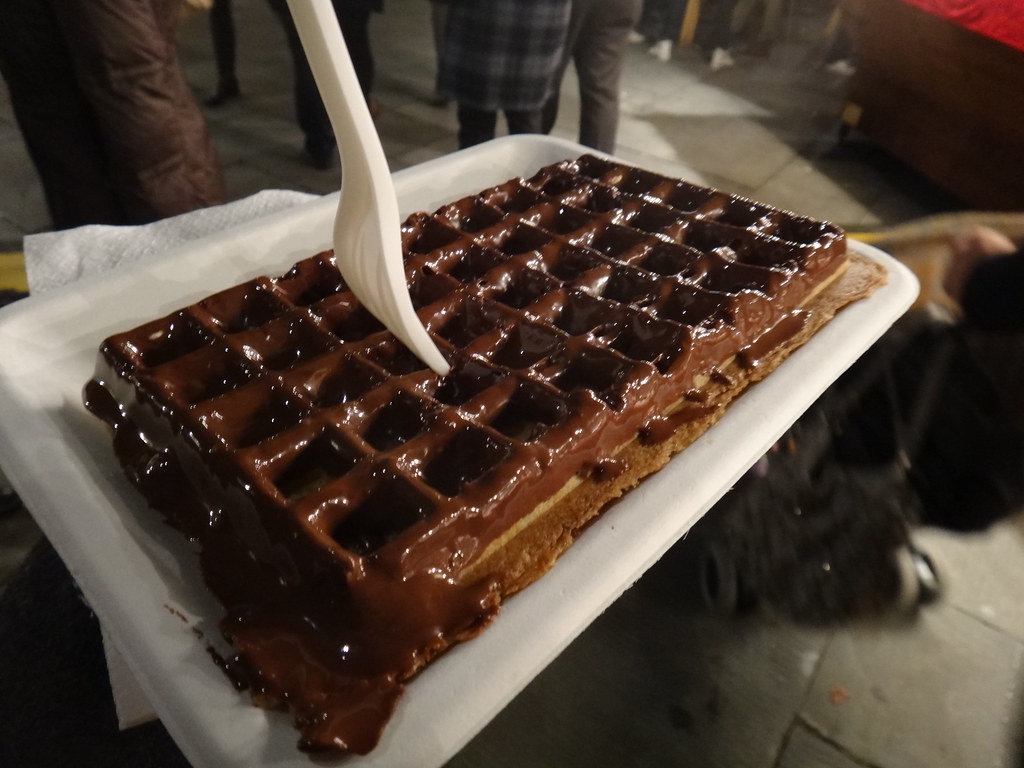Edinburgh has been the Scottish capital since the 15th century. It has two distinct areas: the Old Town, dominated by a medieval fortress; and the neoclassical New Town, whose development from the 18th century onwards had a far-reaching influence on European urban planning. The harmonious juxtaposition of these two contrasting historic areas, each with many important buildings, is what gives the city its unique character - http://whc.unesco.org/en/list/728Asking a person who's just returned from a trip what their favourite part was is pretty ingrained in most of us, and when people popped this question at us after we got back, our answer was usually Edinburgh. And yes, that's our favourite place out of everywhere we went in the UK and Italy.
Visiting Scotland at the end of November might seem like a bit of a folly weather-wise, but apart from some slight drizzle on the first day, we were blessed with blue skies for the rest of our stay (which I'm sure helped with our positive impressions). Mind you, it was still bloody cold!
Thanks to Airbnb we snagged a private room in a flat smack in the middle of town. In fact, it was directly opposite the famous Elephant House, where JK Rowling penned much of Harry Potter.
 |
| Elephants on display at The Elephant House |
 |
| This is honestly one of my favourite trip photos, ever. |
As much as I love Italian food, I have to say the food in Italy itself was somewhat of a disappointment most of the time. Sure, we had some amazing meals, but we were just as likely to have terrible meals, and plenty of just 'meh' ones in between. Definitely not the magical culinary wonderland some food travel programs make it out to be. Sure, if you have a dedicated local guide and a film crew it probably helps, but even my liberal consultations of review sites couldn't weed out all the blah places. Plus, sometimes you're so hungry you simply don't have time to spend 20 minutes scouring TripAdvisor first. Either way, no matter how delicious one type of food may be, it's nice just to have variety sometimes. This piece sums it up well.
Anyway, at the White Hart James opted for an old pub favourite, bangers and mash, while I eagerly ordered the haggis, neeps and taters (turnip and potato). I love offal, so I had been looking forward to trying haggis in Scotland ever since we booked our tickets. And man, did the dish deliver!
 |
| I feel hungry just looking at this again |
The next day, we headed up to Edinburgh Castle, the city's most famous tourist attraction and home to a UNESCO sign (pictured at the end - yay). Under the overcast skies, it looked very forbidding indeed - I would not want to be part of any army trying to lay seige to this place!
We actually ended up coming back for more shots a few days later when the sky was clear, check out the contrast:
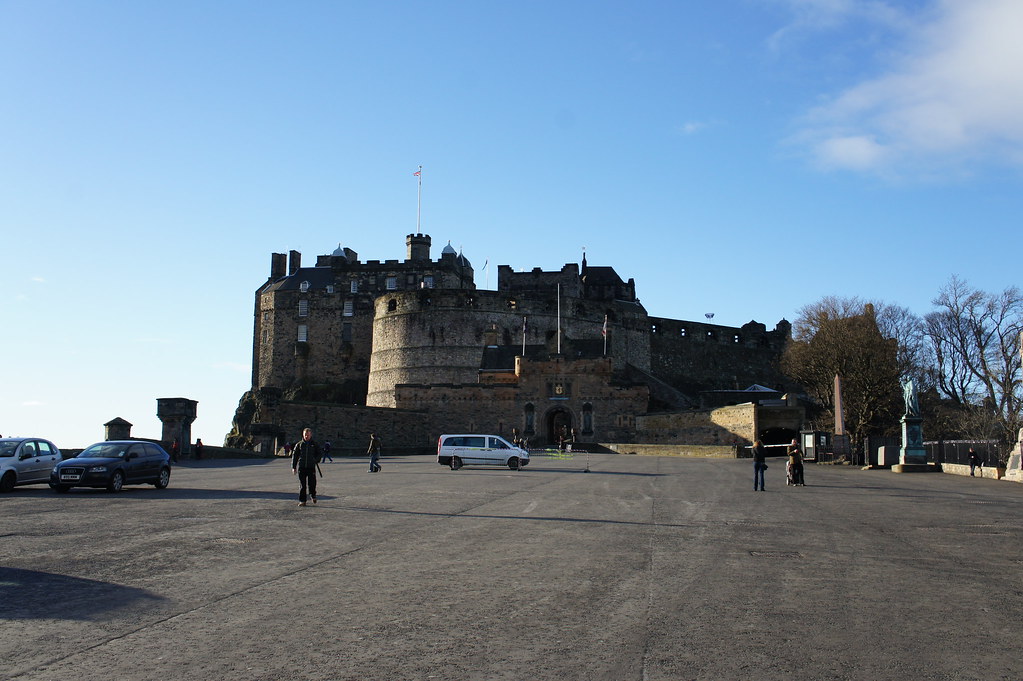 |
| Marginally friendlier in the sun perhaps? |
 |
| Arthur's Seat is the hill in the background there |
The free tour and exhibits within the castle grounds were really well done, heaps of information and everything has been perfectly preserved and maintained. You really get a sense of what it would have been like, hundreds of years ago...
 |
| It was cold! |
And there was even a UNESCO logo hiding in a sign! Score.
The punny Scottish sense of humour was evident in some signs we spotted around town...
The little laneways riddled through Old Town (as opposed to the sprightly New Town, which dates from the 18th century), were also a favourite of mine.
 |
| Mmm, fleshmarket... |
We also ended up going to the ridiculously touristy and yet still quite enjoyable Edinburgh Whiskey Experience. During the tasting, I remembered why I don't drink whiskey and I forced (well, without much difficulty) James to finish my dram. We learned about the differences in regional varieties, the whiskey making process in a Disneyland-esque ride, and also got to admire the world's largest whiskey collection:
On our last morning we had a few hours to kill so ended up having a quick walkthrough of the Scottish Museum - to be honest it would've been great to spend a full day or two there, but we simply ran out of time. The highlight was definitely the David Livingstone exhibition where I found this fantastic quote:
We'd both love to come back to Edinburgh again sometime, especially during a festival!
 |
| Yay, we found a UNESCO sign! |

